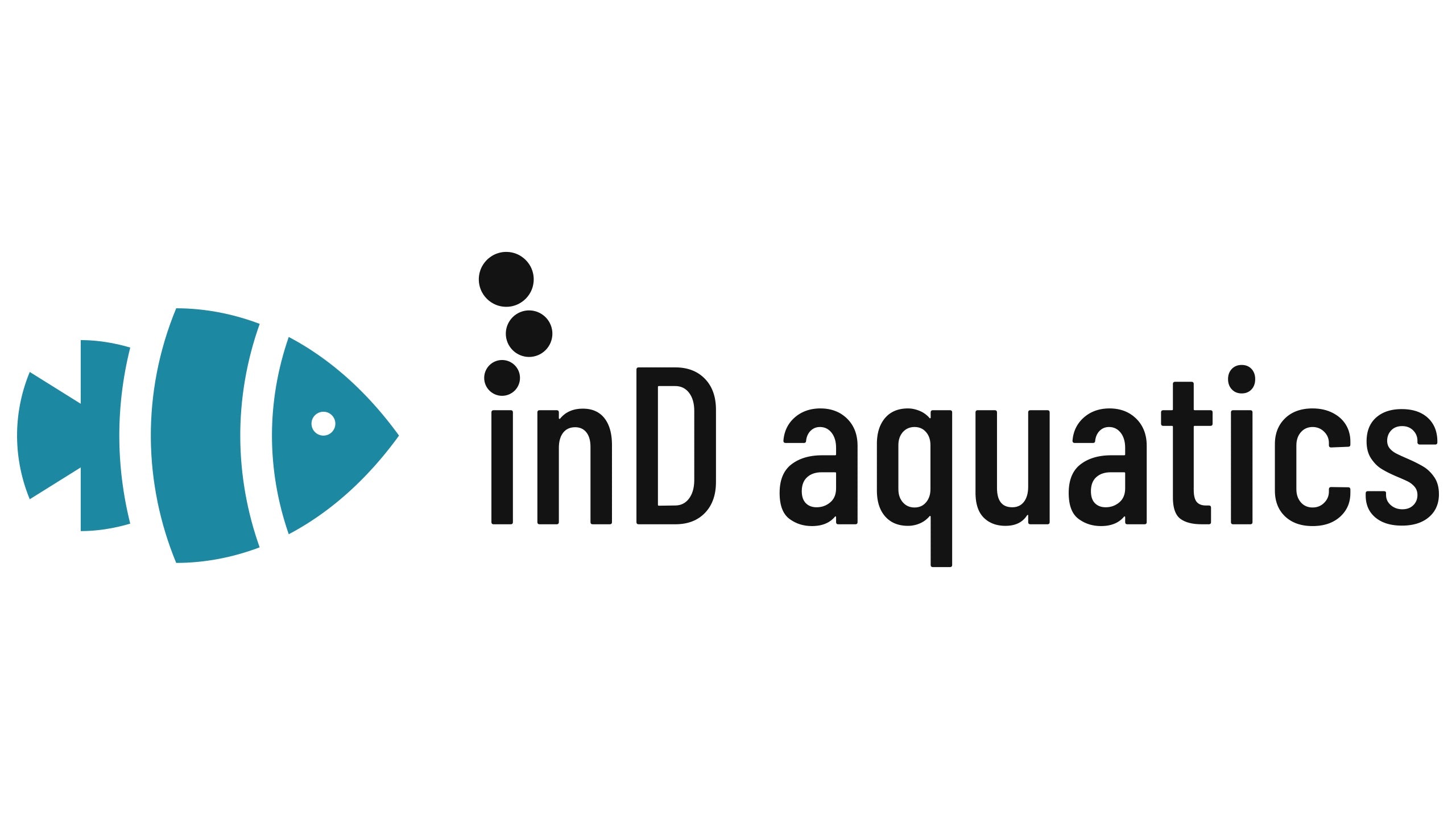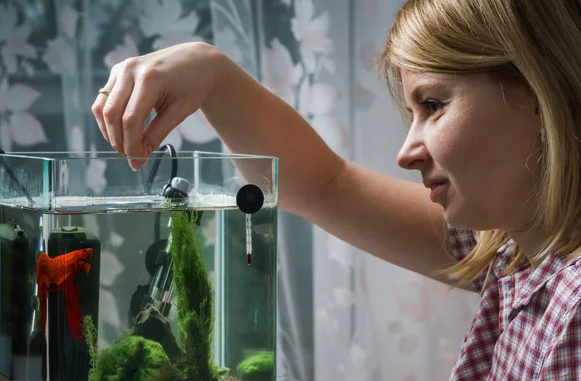Keeping a home aquarium can be a rewarding and beautiful hobby, but ensuring your aquatic friends are well-fed, especially when dealing with frozen fish food, can be a bit tricky. Whether you're heading out of town or just looking for a more efficient feeding method, there are several ways to make sure your fish get their meals without fuss. Here's a guide to some popular methods, from the tried-and-true to the cutting-edge.
1. Asking a Friend or Hiring a Fish Sitter
One of the oldest and most reliable methods is to enlist the help of a friend or hire a professional fish sitter. Here’s how to do it right:
Find the Right Person: Choose someone you trust, preferably someone with experience in caring for aquariums. Explain the feeding process in detail and provide written instructions or even make them a video!
Pre-Measure the Food: To avoid overfeeding, pre-measure the frozen fish food portions. You can use small containers or zip-lock bags, labeling them by day.
Demonstrate the Process: Show your friend or sitter how to thaw the food properly and distribute it in the tank. Ensure they understand the importance of not feeding too much.
Leave Contact Information: Provide a way to reach you in case of an emergency or if they have any questions.
While this method can be reliable, it does require finding the right person and trusting them with your aquarium’s care (and unsupervised access to your home). If you're unable to find a friend or relative, paying someone to handle this can get quickly become expensive.
2. Frozen Fish Food Popsicle Method
For a more creative approach, consider the frozen fish food popsicle method. This is a fun and efficient way to feed your fish, especially if you have multiple tanks. However, it really is only effective for a single day of feeding.
What You’ll Need:
- Ice cube trays
- Fish food (frozen)
- Water
- Vitamin supplements (optional)
Steps:
- Blend the Fish Food: Mix your frozen fish food with water and any vitamin supplements you wish to add.
- Fill the Trays: Pour the mixture into ice cube trays. Each cube should be enough for one feeding.
- Freeze: Place the trays in the freezer until the cubes are solid.
-
Feed Your Fish: Drop one cube into the tank at feeding time. The cube will slowly melt, releasing the food and mimicking the natural feeding process.

While this method is fun and practical, it does require some preparation and freezer space and doesn't work for periods of absences longer than a day.
3. Do It Yourself Refrigerator Feeder

For the DIY enthusiast, creating a refrigerator feeder can be an exciting project. This method requires some creativity and a bit of technical know-how but can be very rewarding.
Materials Needed:
- An old refrigerator or cooler
- Timer or smart plug
- Tubing
- Peristaltic pump
- Fish food containers
Steps:
- Modify the Refrigerator: Create a small opening for the tubing. This will allow the food to travel from the fridge to the tank.
- Install the Pump: Set up a peristaltic pump inside the fridge. Attach the tubing to the pump.
- Set Up the Timer: Connect the pump to a timer or smart plug. This will control when the pump activates, dispensing the food.
- Fill the Containers: Pre-measure and fill containers with the frozen fish food. Place these in the fridge.
- Test the System: Run a few test cycles to ensure the food is being dispensed properly and the system is working smoothly.
This method is perfect for those who love a hands-on approach but does involve significant setup, maintenance and can become extremely expensive when you add all the parts together. Additionally, if space is at a premium or the aesthetics of your fish room are important - this might NOT be the route you want to take.
4. aF4 - Automated Fish Feeder
For those looking for the ultimate in convenience and innovation, the aF4 automated fish feeder is a game-changer. This revolutionary device takes the hassle out of feeding frozen fish food while maintaining a compact form.
Features:
- Automated Feeding: The aF4 can be setup to feed your fish at specific times and specific quantities of food ensuring consistent and accurate feeding.
- Temperature Control: The feeder keeps the food at the optimal temperature for a maximum of 21 days, maintaining the nutritional quality of the food.
- Easy to Use: With a user-friendly interface, setting up and operating the aF4 is a breeze.
- Customizable Settings: You can adjust the feeding schedule and portion sizes to suit your aquarium's needs.
- Smart Controller Compatibility: The aF4 is compatible with any aquarium controller capable of outputting a 0-10v signal.
- Self Cleaning: The aF4 rinses the feed system between every feed cycle and has an additional automated deep cleaning feature to clean the aF4 between uses.
How It Works:
- Load the Food: Fill the aF4 with your preferred frozen fish food.
- Make your Settings: Use the interface to program the feeding times, portion sizes and food reservoir temperature.
- Relax: The aF4 takes care of the rest, dispensing the food at the right times and ensuring your fish are well-fed, even when you're not around.
While other methods have their merits, the aF4 offers unparalleled convenience and precision, making it the ultimate choice for busy aquarists.
Conclusion
Feeding frozen fish food doesn’t have to be a chore. Whether you prefer a hands-on approach or want to embrace the latest technology, there’s a method to suit every aquarist's needs. From enlisting a friend to the innovative aF4 automated feeder, ensuring your aquatic companions are well-nourished has never been easier. Choose the method that works best for you and enjoy the peace of mind that comes with knowing your fish are in good hands.



Aktie:
Feeding Frozen Fish Food: A Comprehensive Guide to Aquarium Health
1 Kommentar
You should set up a page here with the possible errors and how to fix them! Greetings Juergen Braun